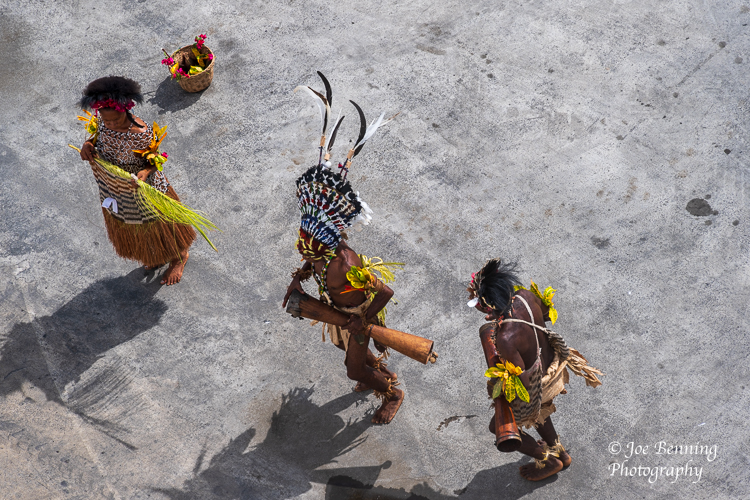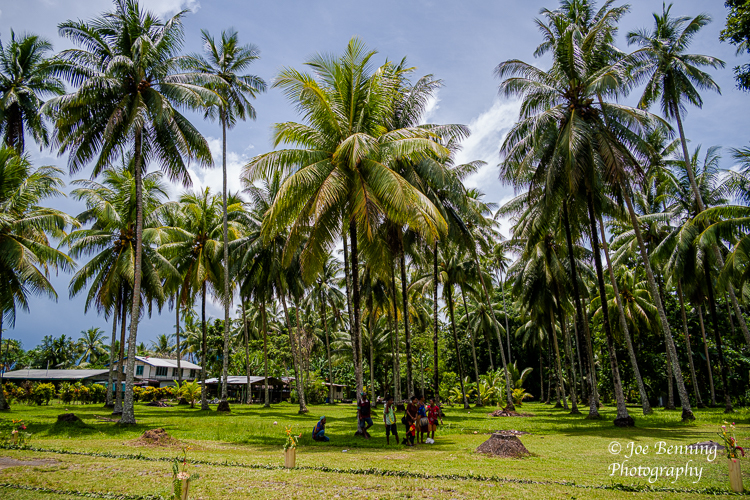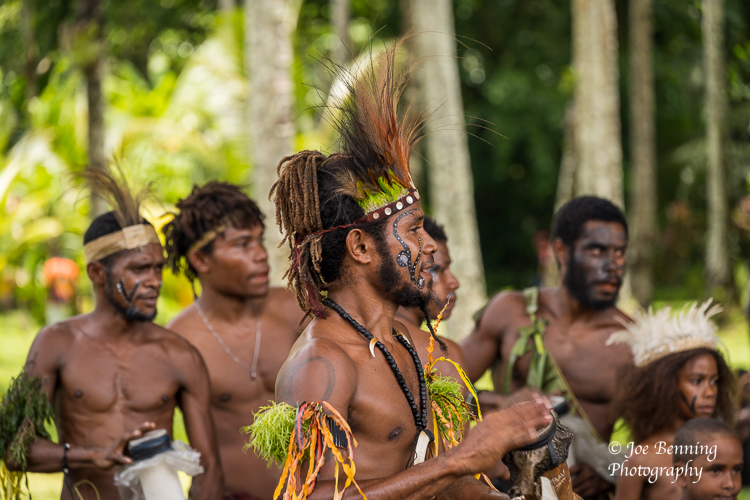February 18, 2023.
When we arrived at Papua New Guinea (PNG) the morning of February 18, 2023 we went (briefly) through the town of Alotau. The town has a population of about 30,000 (according to our tour guide) and it seemed like everybody was in the town center, largely because it was Saturday and time to do the weekly shopping etc.
Population estimates have to be taken with a very large grain of salt. The last official census estimate, taken in 2011, put the population of PNG at a little over 7 million. By 2020 population was estimated to be around 9 million. But…as recently as December of 2022 a new estimate put the population at over 17 million—about double to estimate from 2 years ago. It’s probably safe to say that they have no idea what the actual population count really is.
PNG was largely ignored by European colonialists in the 17th and 18th centuries. It was WWII that prompted the Americans and Australians to build military bases on PNG to fight against Imperial Japan. Up until that point PNG was isolated from the rest of the world for over a hundred years. Most of the natives of Papua New Guinea had probably never seen a white man, much less a car or the airplanes that were all-of-a-sudden swooping down on them.
Papua New Guinea is often described as linguistically diverse. That’s an understatement if there ever was one. There are 839 known languages spoken here. Language diversity probably stems from the lack of urbanization. The vast majority of the population—about 85%–lives in rural areas. And by rural I mean traditional village communities.
PNG is officially listed by the IMF as a developing country, meaning it’s poor. Very poor. Something like 85% of the population earns its livelihood from Agriculture, which essentially means subsistence farming and some cash crops. Agriculture accounts for 30% of GDP. To put this in context, Papua New Guinea per capita GDP in 2019 was about $3,800; US per capita GDP for 2019 was about $65,000, about 17 times higher.
Anyway, we visited a traditional village community in the jungle. A prominent fixture in the village was a Catholic missionary school. (About 95% of the population consider themselves to be Christian).
We enjoyed watching the villagers, mostly young people, perform some traditional dances while wearing native dress. They also displayed various wares for sale. Some photos from our visit are below.
JFB




